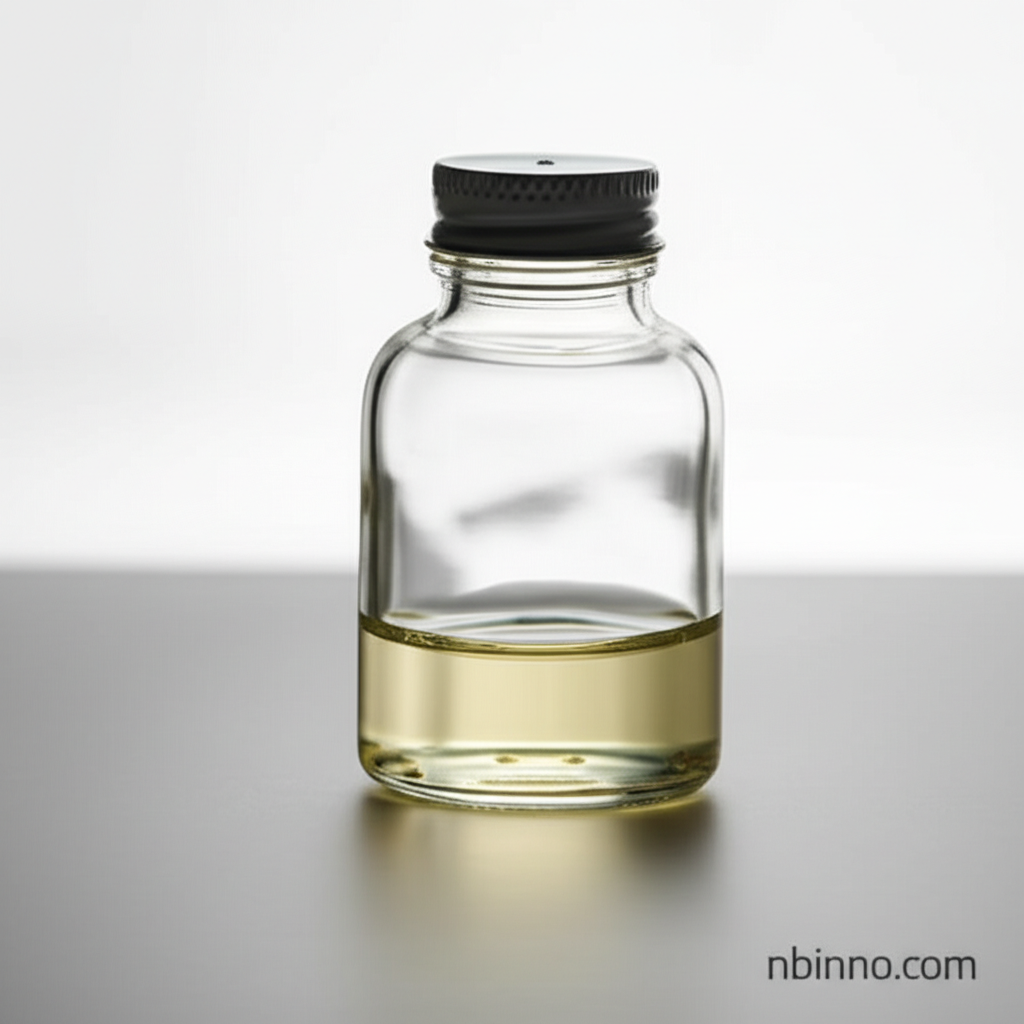Cresyl Diphenyl Phosphate (CDP): A Versatile Flame Retardant and Plasticizer for Enhanced Material Performance
Discover the extensive applications and superior properties of Cresyl Diphenyl Phosphate, a key additive for improving material safety and performance.
Get a Quote & SampleProduct Core Value

Cresyl Diphenyl Phosphate
Cresyl Diphenyl Phosphate (CDP) is a highly effective organophosphate compound utilized across a spectrum of industries for its dual functionality as a flame retardant and plasticizer. Its superior compatibility with various resins, excellent oil resistance, and fine electrical insulation properties make it a preferred choice for high-performance applications. CDP is also known for its good hydrolysis stability, low volatility, and high plasticizing efficiency, contributing to the durability and safety of finished products.
- Discover the benefits of using cresyl diphenyl phosphate in PVC formulations to achieve superior fire resistance and flexibility.
- Explore how cresyl diphenyl phosphate functions as a plasticizer, enhancing the workability and structural integrity of polymers under stress.
- Learn about the critical role of cresyl diphenyl phosphate as a flame retardant additive for plastics, ensuring enhanced safety in electronic and automotive components.
- Understand the advantages of incorporating cresyl diphenyl phosphate into synthetic rubber formulations for improved performance characteristics.
Product Advantages
Enhanced Fire Resistance
As a potent flame retardant additive for plastics, CDP significantly reduces the flammability of materials, contributing to improved fire safety in consumer electronics, automotive parts, and construction materials. This property is crucial for meeting stringent safety regulations.
Improved Flexibility and Workability
CDP acts as an excellent plasticizer, enhancing the flexibility and processability of polymers. This is particularly beneficial in applications like vinyl automotive upholstery and flexible PVC products, ensuring ease of manufacturing and superior end-product feel.
Superior Stability and Durability
With good hydrolysis stability, low volatility, and high plasticizing efficiency, CDP ensures that materials maintain their performance characteristics over time, even in demanding environments. This contributes to the longevity and reliability of the final products.
Key Applications
Plastics and Polymers
CDP is widely used as a flame retardant and plasticizer in various plastics, including PVC, VC copolymers, and other resins, improving their fire safety and flexibility. This makes it ideal for extruded articles, cables, and automotive components.
Coatings and Adhesives
In coatings, such as nitrocellulose lacquers and phenolic resins, CDP enhances fire resistance and durability. It also finds use in adhesives to impart flame-retardant properties.
Synthetic Rubbers
CDP is incorporated into natural and synthetic rubbers like nitrile butadiene rubber (NBR) and styrene-butadiene rubber (SBR) to improve their performance and fire resistance, particularly in demanding industrial applications.
Lubricants and Hydraulic Fluids
Its excellent thermal stability makes CDP a valuable additive in industrial lubricants and hydraulic fluids, preventing material degradation in high-temperature environments and enhancing overall system performance.
